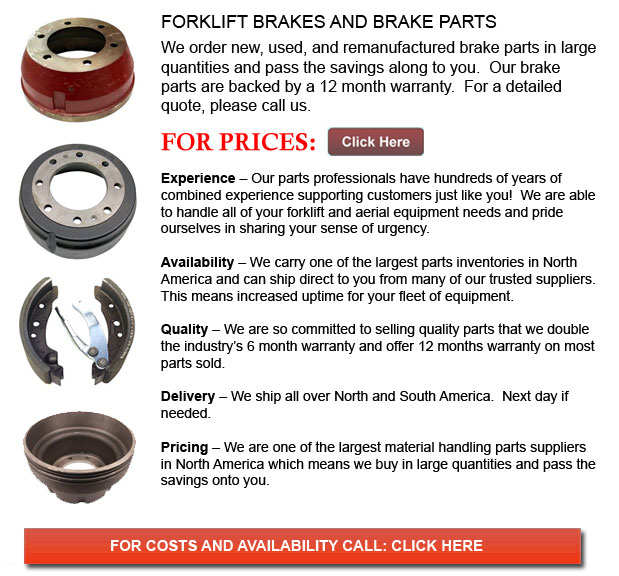
Forklift Brakes - A brake drum is wherein the friction is supplied by the brake pads or brake shoes. The pads or shoes press up against the rotating brake drum. There are some different brake drums types with particular specific differences. A "break drum" will usually refer to if either shoes or pads press onto the interior surface of the drum. A "clasp brake" is the term used in order to describe if shoes press against the exterior of the drum. One more type of brake, known as a "band brake" uses a flexible belt or band to wrap all-around the exterior of the drum. If the drum is pinched in between two shoes, it can be called a "pinch brake drum." Like a typical disc brake, these types of brakes are quite rare.
Previous to 1955, old brake drums needed constant modification regularly in order to compensate for shoe and drum wear. "Low pedal" or long brake pedal travel is the dangerous outcome if modifications are not carried out satisfactorily. The vehicle can become dangerous and the brakes can become useless whenever low pedal is combined with brake fade.
There are a variety of Self Adjusting Brake Systems obtainable, and they can be categorized within two main kinds, RAI and RAD. RAI systems have inbuilt tools which avoid the systems to be able to recover if the brake is overheating. The most well known RAI manufacturers are Bendix, Lucas, Bosch and AP. The most well-known RAD systems consist of AP, Bendix, Ford recovery systems and Volkswagen, VAG.
Self repositioning brakes usually make use of a tool which engages only when the motor vehicle is being stopped from reverse motion. This stopping technique is acceptable for use where all wheels utilize brake drums. The majority of vehicles today make use of disc brakes on the front wheels. By working only in reverse it is less likely that the brakes will be adjusted while hot and the brake drums are expanded. If adapted while hot, "dragging brakes" can occur, which increases fuel intake and accelerates wear. A ratchet device which becomes engaged as the hand brake is set is another way the self repositioning brakes may work. This means is only appropriate in functions where rear brake drums are utilized. Whenever the parking or emergency brake actuator lever goes beyond a certain amount of travel, the ratchet improvements an adjuster screw and the brake shoes move toward the drum.
There is a manual adjustment knob placed at the base of the drum. It is typically adjusted through a hole on the other side of the wheel and this involves getting beneath the lift truck along with a flathead screwdriver. It is of utmost importance to move the click wheel correctly and adjust each wheel equally. If unequal adjustment occurs, the vehicle may pull to one side during heavy braking. The most efficient method to be able to ensure this tiresome task is accomplished carefully is to either lift each wheel off the ground and hand spin it while measuring how much force it takes and feeling if the shoes are dragging, or give everyeach and every one the exact amount of manual clicks and then perform a road test.
![]() Click to Download the pdf
Click to Download the pdf
Forklift Parts
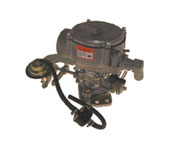
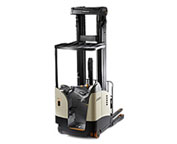
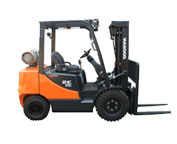
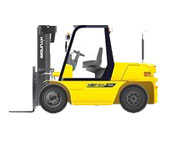
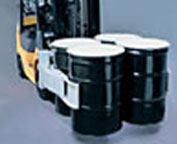
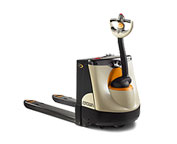
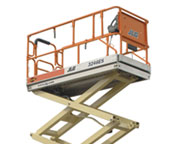
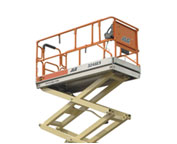
Lift Parts Express
TOLL FREE: 1-888-695-7994
forkliftpartsmanitoba.com
Email Us
About Us


